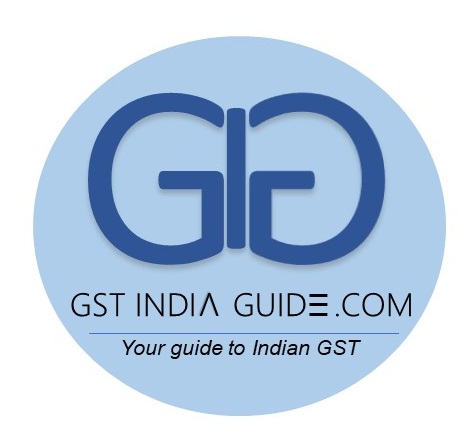The GST council has further simplified and enhanced the way taxpayers and corporates will be filing their GST returns. A trial is set to take place for new GST return-filing from July 2019 onward, and will be implemented in a phased manner from October 2019. It will be called as GST 2.0
Implementation plan will include a trial run from July to September 2019, for users to familiarise themselves with the workings of the new system. From October 2019, the annexures, as well as the new return will be made compulsory in a phased manner. It will begin with large taxpayers at first, and then move on to small taxpayers. The plan is to entirely phase out GSTR-1 and GSTR-3B by January 2020.
The old return system had different types of returns for different categories of return filers. In the proposed system, there have been a lot of changes since the initial plan of having three different returns for different tax filers, which has now been reduced to just one. This return will be called the FORM GST RET-01 and will be filed by all categories of taxpayers. The new forms are not too different in terms of the information asked.
FORM GST RET-01 will have two annexures. FORM GST ANX-1 will have the details of all outward supplies, inward supplies on which reverse charge is applicable, and import of goods and services, that will be reported invoice-wise (except for B2C supplies) on a real-time basis. FORM GST ANX-2 will have the details of inward supplies, for the recipient of supplies to take action by either accepting or rejecting these documents, or marking them as pending, for action to be taken later.
While certain filers may opt to file their return on a quarterly basis, taxes will still need to be paid on a monthly basis.
Archit Gupta, Founder & CEO ClearTax said that the latest release by the CBIC made no mention of the return forms – Sahaj and Sugam, the formats of which had been released in 2018, and were all set for their initial roll-out in July 2019 and more clarity will emerge after the next GST Council meeting.
Under the new system, taxpayers can now amend their returns in case of any errors made, and file up to two amendment returns for a particular tax period. This will save taxpayers a lot of money in terms of interest on the amended tax liability as the same will now be reduced or avoided, since changes can be made in the same tax period. The old system did not allow for any revised return to be filed which caused a lot of hardships.
Further, there will also be a mechanism in place for availing input tax credit by a recipient in the event a supplier does not upload invoices or file his return. This credit can be availed on a provisional basis and will not be more than 20% of the specified value, which will be mentioned in the rules. The current system did not allow for provisional credit, as credit under the old system was reported on a self-declaration basis.
However, if the supplier fails to upload invoices within 2 months, the buyer may be devoid of credit. It will be critical to make sure suppliers are compliant so that credit is not lost.
With a more automated and dynamic system of uploading and approval of invoices, a check on revenue-leakage can also be put in place. Errant suppliers, who failed to issue GST-invoices or remit and file their GST returns, will be curbed with the input tax credit mechanism in place, there will be pressure on such suppliers to file their returns on time.
